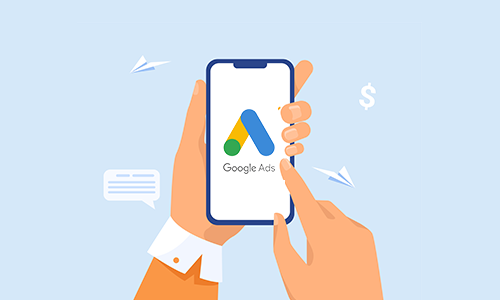Real-time bidding is a relatively newer concept in the field of trade inventory which is based on convenience and innovative technological approach. It has become an important part of digital advertising strategies from both the supply and demand side. It can contribute a lot when you’re trying to get the best from advertising, from the advertisers and publishers.
It is a real-time auction, wherein ad requests from the publisher are directly sent to an open exchange place to get bids from buyers. However, the number of ad requests can vary from one publisher to another. The exchange of ad impressions is facilitated by ad exchanges. The ad inventory is traded between advertisers and publishers. The major benefit is that real-time bidding is a win-win scenario for both the publishers and the advertisers. The advertisers benefit by targeting the correct type of users and the publishers benefit as they get the better fill rate which ultimately, maximizes ad revenue.
The process of real-time bidding is as follows:
- The user visits a page and the browser sends a request to the server to load an advertisement.
- The Ad server puts the ad on the ad exchange.
- The ad exchange opens up the platform for all the bidders.
- Advertisers evaluate the impression according to their targeting requirements and then each of them places their bids.
- Finally, the ad exchange receives the bids and serves the ad to the highest user.
The whole process occurs in real-time and takes just a few seconds to complete. Terminology related to RTB
The RTB ecosystem revolves around:
- Publishers
A publisher has a specific kind of target audience to which the advertisers want to display their ads. Publishers connect to an open exchange with the help of a platform. They are usually the supply side of this transaction.
- Advertiser
They are usually on the demand side. And it also comprises of advertisers and ad networks. The advertisers use the Demand Side Platforms to target and buy the ad impressions which were made available through open exchanges.
- Ad Exchange
It is the medium that facilitates a transaction between both sides: advertisers and publishers in real-time. Usually, the auctions are completed in a few milliseconds even before the page loads.
Advantages of RTB
- Streamlined process
Real-time bidding has changed the way ad impressions were sorted and placed. It is an automated process now for the publishers. The platforms check the relevance of the advertisement and match it with the defined parameters within milliseconds thereby structuring the process instantly.
- Better ad revenue and flexibility
Publishers can set minimum prices for impressions based on real-time market demands. The ad impressions in RTB are thoroughly matched with the required criteria. And this makes the entire advertising process much more efficient, flexible, and faster.
- Optimization
You can track the earnings in real-time and optimize them accordingly to increase your ad revenue. The best part is that RTB puts you in control.
Caution while using RTB
Even the most advanced automated solution isn’t perfect, it has some drawbacks. The problem with RTB is that it is prone to fraud. When an advertiser wins a bid and the ad impression is served, the transaction is effectively ended. In this case, it is really hard to dispute traffic quality.
Also, advertisers pay by the CPM model for the number of impressions an ad receives and not based on the actions that users take. This makes it even more difficult to catch the frauds.
Ad placement manipulations, malware, and adware, bots traffic, hijacking ads, and clicks are the most commonly used fraudulent tactics in RTB. However, to combat it, it is advisable to use third-party services to track the quality of traffic and ensure the transparency of ad delivery.
Since RTB involves both publishers and advertisers, therefore, both of them can be affected in different ways. This is why there are different strategies for each of them. Publishers are wary of inappropriate or low-quality ads that harm their credibility, so they choose options wherein they block unsuitable ads. Conversely, advertisers keep a check on the quality of traffic to avoid getting fake impressions. Also, they try that their advertisements are not served to the wrong audience.
RTB and the programmatic media buying technology are improving every year. They help in targeting a larger audience and in increasing the ROI. In fact, it is the fastest-growing segment of digital advertising. The exponential growth of real-time bidding advertising conforms to its potential and the opportunities it gives to both the advertisers and publishers. However, it must be used with caution and there would be no turning back.














